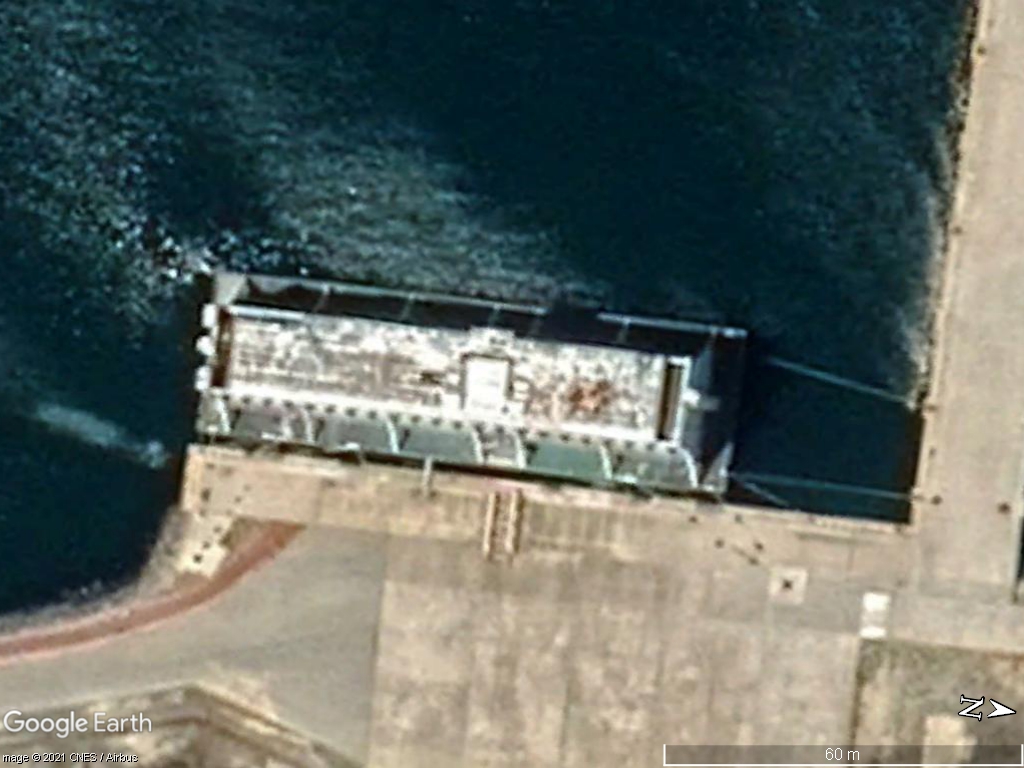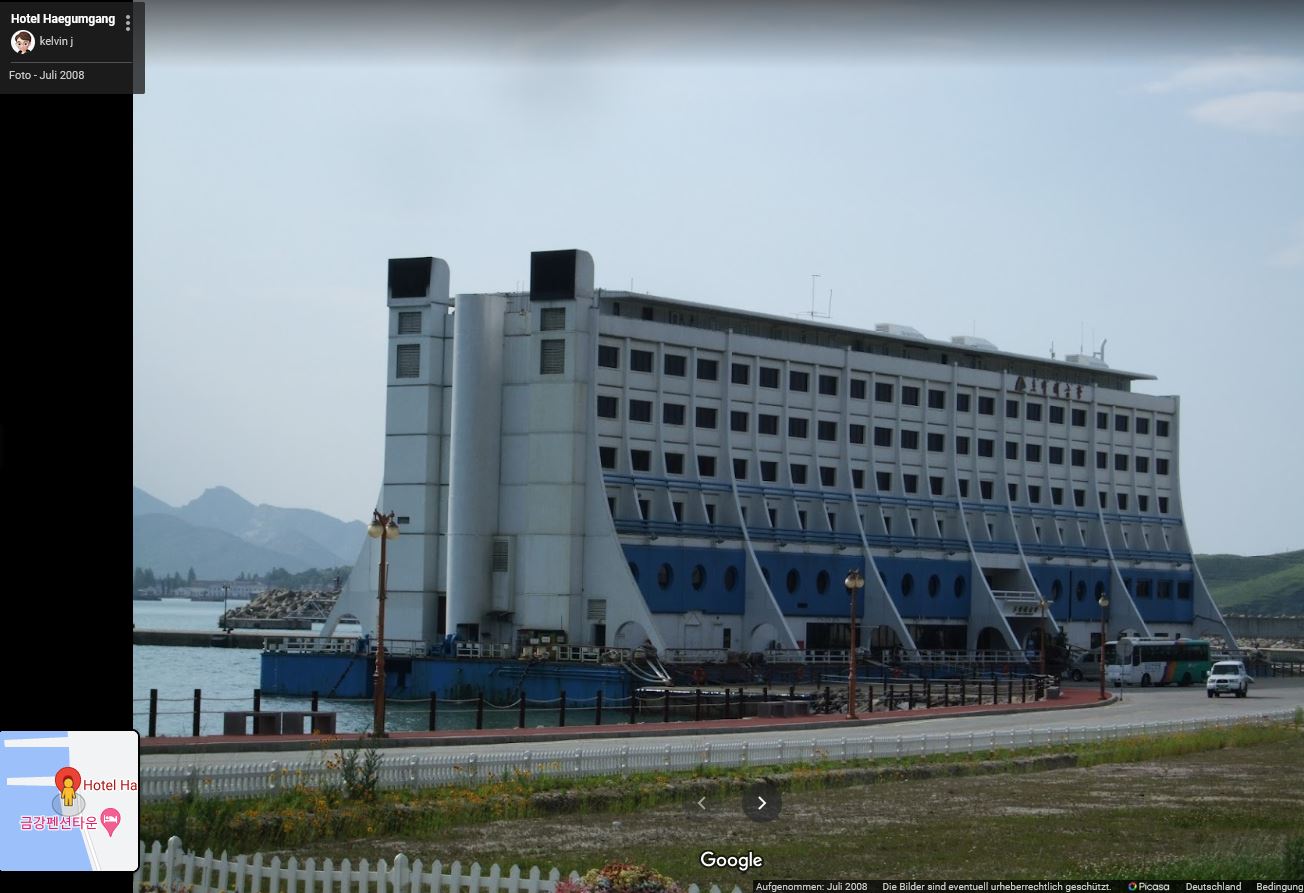Post by willi1 on Nov 30, 2021 11:55:01 GMT
The Hotel Haegumgang is a floating hotel originally built for Australian waters, but now out of service in North Korea. When inaugurated in 1988, it was the world's first floating hotel. At first the hotel was busy. Gradually, however, problems began to emerge. High seas often completely interrupted the connection to the mainland, and otherwise the passengers often became seasick during the crossing. In addition, divers discovered about 100 tons of World War II ammunition just two miles from the hotel. Only a year after it opened, the hotel had to be shut down again.
At the end of the 1980s, tourism in Vietnam experienced an upswing in the wake of the Đổi mới, so that there was a need for new, comparatively luxurious accommodation. The floating hotel was therefore moved to Ho Chi Minh City, formerly Saigon, after it was sold to Japanese investors. In August 1996, the hotel ceased operations as it ran into financial difficulties again. In April 1997 it left its berth to be brought back to Singapore, the place of its creation. Finally it was sold one more time, this time to the South Korean company Hyundai Asan.
At the end of the 1990s, the two Korean states experienced a phase of relaxation and mutual rapprochement. The South Korean Hyundai group used the opportunity to establish a tourist region in the mountainous region of Kŭmgangsan, just north of the demilitarized zone, in cooperation with the North Korean leadership under Kim Jong-il. For this purpose, the floating hotel acquired in Vietnam was brought to North Korea after a renovation and moored there in the Bay of Changjon. In addition to its purely tourist use, the hotel was also used as a meeting place for families who had been separated by the partition of Korea.
In 2008 the project came to an abrupt end when a South Korean tourist who accidentally walked into a restricted military area while hiking was shot and killed by a North Korean soldier.
In 2019, after a visit to the resort, the North Korean ruler Kim Jong-un described the buildings there as “architecturally very backward”, “shabby-looking” and “hodgepodge without national character”. He called for their removal and replacement with North Korean structures.


At the end of the 1980s, tourism in Vietnam experienced an upswing in the wake of the Đổi mới, so that there was a need for new, comparatively luxurious accommodation. The floating hotel was therefore moved to Ho Chi Minh City, formerly Saigon, after it was sold to Japanese investors. In August 1996, the hotel ceased operations as it ran into financial difficulties again. In April 1997 it left its berth to be brought back to Singapore, the place of its creation. Finally it was sold one more time, this time to the South Korean company Hyundai Asan.
At the end of the 1990s, the two Korean states experienced a phase of relaxation and mutual rapprochement. The South Korean Hyundai group used the opportunity to establish a tourist region in the mountainous region of Kŭmgangsan, just north of the demilitarized zone, in cooperation with the North Korean leadership under Kim Jong-il. For this purpose, the floating hotel acquired in Vietnam was brought to North Korea after a renovation and moored there in the Bay of Changjon. In addition to its purely tourist use, the hotel was also used as a meeting place for families who had been separated by the partition of Korea.
In 2008 the project came to an abrupt end when a South Korean tourist who accidentally walked into a restricted military area while hiking was shot and killed by a North Korean soldier.
In 2019, after a visit to the resort, the North Korean ruler Kim Jong-un described the buildings there as “architecturally very backward”, “shabby-looking” and “hodgepodge without national character”. He called for their removal and replacement with North Korean structures.
At the beginning of 2020, the North Korean government announced that it would initially postpone the destruction of the South Korean tourism facility indefinitely due to the COVID-19 pandemic.


